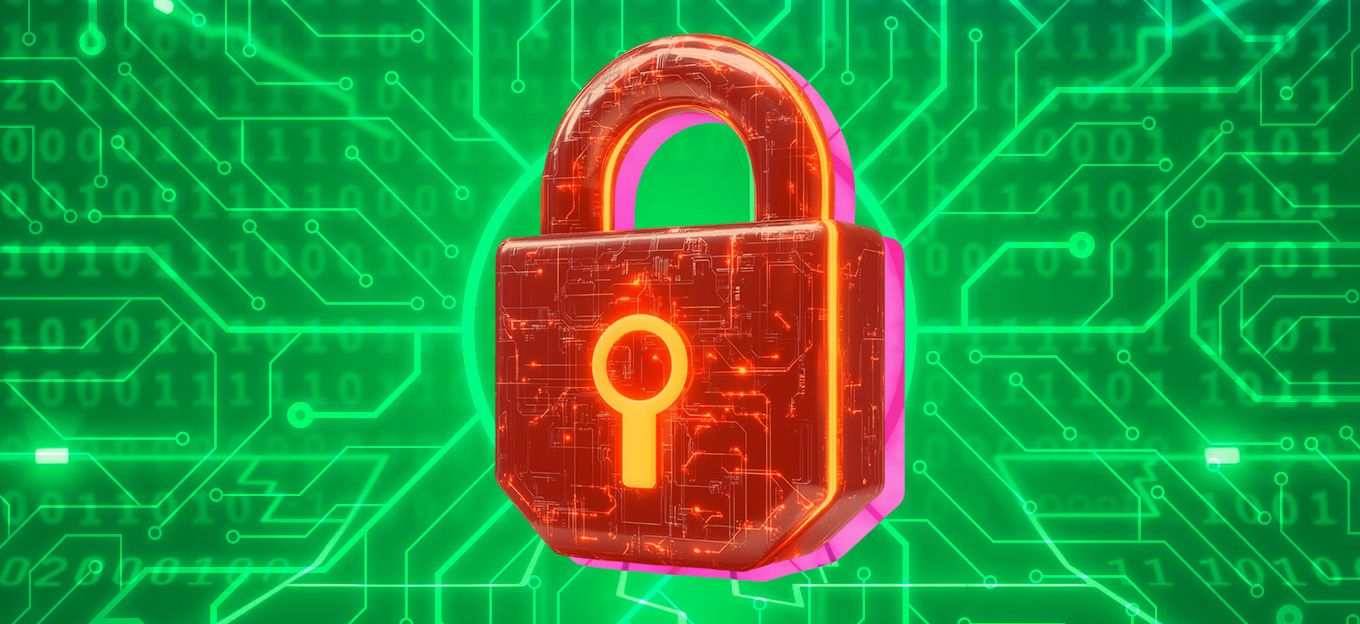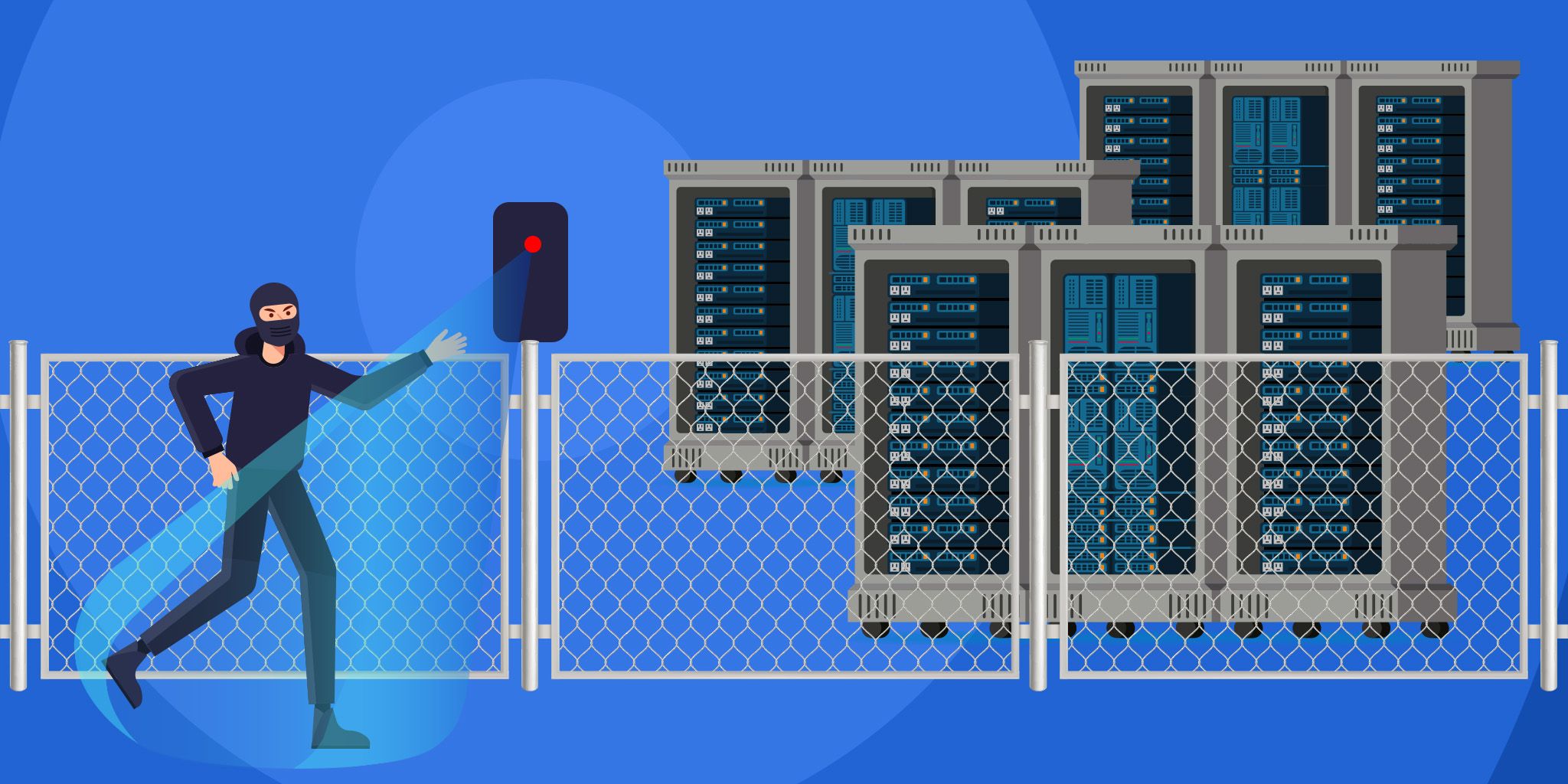Top 5 IoT Compliance Mistakes That Could Cost You in 2025
Top 5 IoT Compliance Mistakes That Could Cost You in 2025
- Last Updated: October 6, 2025
Red Alert Labs
- Last Updated: October 6, 2025



The IoT compliance landscape isn't what it used to be. As we navigate through 2025, what once was a set of "nice-to-have" guidelines has transformed into a mandatory gateway for getting your connected products to market. Standards like ETSI EN 303 645, the EU Cyber Resilience Act, and the updated RED Directive aren't just industry jargon anymore. They're your product's passport to global markets.
And the stakes? They've never been higher. When compliance falls short, you're not just risking a slap on the wrist. You're looking at potentially devastating financial penalties, products blocked from major markets, and the kind of brand damage that keeps executives up at night.
Years of experience working with IoT manufacturers reveal that critical mistakes are often repeated within the industry. Let's break down these five compliance pitfalls that could derail your business in 2025, and more importantly, how you can avoid them while keeping your innovation engine running.
Mistake #1: The "Set It and Forget It" Compliance Approach
Here's a scenario seen far too often: A team works tirelessly to achieve certification, celebrates their success, and then… nothing. The documentation gets filed away, and everyone moves on to the next project. Sound familiar?
This "certify and forget" mindset is perhaps the most dangerous in today's dynamic threat landscape. The EU's Cyber Resilience Act doesn't just care about security at launch - it demands ongoing vigilance. The RED Directive now requires regular security updates throughout a product's lifecycle. Standing still with your compliance program is effectively moving backward.
We've seen manufacturers get their initial certification, but then they drop the ball on maintaining security patches, leaving the door open for breaches that could have been prevented. Not keeping up with the Cyber Resilience Act isn’t just risky, it's costly. Companies face fines up to €15 million or 2.5% of their global annual turnover, whichever is higher, and severe breaches could even lead to market restrictions or product recalls.
Do this instead: Think of compliance as a living process, not a one-time achievement. Build continuous monitoring into your operations by:
- Setting up automated vulnerability scanning against current threat databases
- Scheduling regular security assessments that align with standard updates
- Creating clear processes for handling security incidents when (not if) they occur
- Developing patch management procedures that meet or exceed regulatory timelines
When you embrace continuous compliance, you're not just checking boxes. You're building a sustainable advantage that evolves alongside the threat landscape.
Mistake #2: Overlooking the Security of Your Supply Chain
Your product might be a masterpiece of secure design, but what about that third-party Bluetooth stack? Or that open-source cryptographic library? Or that contract manufacturer handling your firmware installation?
In 2025, your security is only as strong as your weakest link—and regulations now explicitly recognize this reality. The days of focusing solely on your own code are long gone. Today's compliance frameworks, from the EU CRA to ISO 21434 and IEC 62443, demand visibility and verification across your entire supply ecosystem.
Imagine you’re an automotive IoT manufacturer discovering this the hard way when your third-party Bluetooth module contains hardcoded credentials that compromises your entire fleet management system. Your company not only faces regulatory penalties but also the enormous cost of recalling and patching 50,000 deployed units.
Do this instead: Develop a systematic approach to supply chain security:
- Include specific security requirements in your supplier contracts and verify they're being met
- Implement tracking systems for components and their known vulnerabilities
- Validate secure hardware components, especially those handling cryptographic operations
- Create monitoring systems that alert you to threats affecting your suppliers
- Develop contingency plans for responding to security incidents in your supply chain
Getting this right doesn't just satisfy auditors, it protects your products from real-world attacks that increasingly target the supply chain rather than your core systems.
Mistake #3: The Documentation Gap
Let me share a frustrating conversation we have heard far too often:
"Did you implement secure boot?"
"Yes, absolutely!"
"Great, can you show me the documentation on your implementation, threat model, and testing results?"
"Umm… we did it, but we didn't really document the process…"
Undocumented security might as well be no security at all. You need evidence—not just of what you did, but why you did it that way, how you tested it, and what risks you accepted or mitigated.
We frequently see manufacturers scrambling to recreate documentation retroactively during certification, which is inefficient and often impossible to do properly. Imagine being an industrial IoT provider that loses six months of market access because you couldn't provide evidence of your security testing procedures, despite having actually performed the tests.
Do this instead: Make documentation an integral part of your development process:
- Create templates aligned with your target certifications before you write a single line of code
- Document your security decisions and risk analyses as you make them, not months later
- Set up automated tools to collect testing evidence throughout development
- Establish clear links between requirements, implementations, and verification results
- Use a central repository that makes compliance documentation accessible to everyone who needs it
When documentation becomes part of your workflow rather than an afterthought, certification becomes a natural outcome of work you've already done well.
Mistake #4: Testing Components but Missing the Big Picture
Think about it this way: You can thoroughly test every ingredient in a recipe, but that doesn't guarantee your cake will taste good. The same principle applies to IoT security testing.
We've seen countless manufacturers who rigorously test individual components but never evaluate how those pieces interact as a complete system. Their secure MCU, encrypted communication protocol, and protected cloud service all pass tests individually—but put them together, and suddenly there are gaps at the seams.
Modern IoT systems are complex ecosystems spanning hardware, firmware, software, APIs, cloud services, and network communications. The most interesting vulnerabilities typically emerge at the boundaries between these elements.
A healthcare IoT manufacturer, for example, would have learned this lesson the hard way when their individually-certified components—a medical device, mobile app, and cloud service, interacted in ways that exposed patient data. Despite each component passing security tests, the system as a whole would contain critical vulnerabilities at the integration points.
Do this instead: Implement testing that covers the entire attack surface:
- Continue testing individual components (still essential, just not sufficient)
- Add integration testing that focuses specifically on the boundaries between components
- Conduct system-level penetration testing against your complete solution
- Automate security testing throughout your development pipeline
- Create threat models that consider your entire system architecture, not just its parts
This multi-layered approach catches the vulnerabilities that emerge from interactions between components—often the most dangerous and difficult to identify.
Mistake #5: One-Size-Fits-All Security
Not every IoT device needs military-grade security, and not every smart product can get by with basic protections. Yet we frequently see manufacturers at both extremes: either applying the same minimal security baseline to everything they make, or implementing excessive controls that drive up costs unnecessarily.
Today's standards explicitly recognize that security should be proportional to risk. The EU CRA creates distinct categories based on risk levels. IEC 62443 defines security levels aligned with threat models. ISO 21434 requires security controls appropriate to assessed risks.
Risk assessment mistakes lead to misaligned security investments. We've seen critical infrastructure IoT devices with inadequate security because manufacturers underestimated their risk exposure. Conversely, some manufacturers implement excessive security for low-risk consumer products, unnecessarily increasing costs and complexity.
Do this instead: Adopt a risk-based approach to security:
- Start with formal risk assessments early in your development process
- Classify your products according to relevant regulatory frameworks
- Create security control baselines tailored to each risk level
- Revisit your risk assessments as threats and use cases evolve
- Document your risk methodology so you can explain your decisions to auditors
This approach ensures you're investing in security where it matters most, satisfying regulatory requirements while optimizing your resources.
What's Really at Stake
Let's talk about what's actually on the line when compliance goes wrong. It's not just about ticking boxes or satisfying auditors—it's about your business viability in increasingly regulated markets.
The financial impact of compliance failures in 2025 can be devastating:
- Direct financial penalties (now reaching up to 2.5% of global revenue under CRA)
- Products blocked from lucrative markets with strict entry requirements
- The high cost of remediation programs and potential recalls
- Erosion of customer trust that can take years to rebuild
- Competitive disadvantage as buyers increasingly demand certification
- Potential legal liability when security incidents affect non-compliant products
For smaller manufacturers especially, these combined costs can threaten your very survival. I've seen promising companies with innovative products fail simply because they couldn't navigate the compliance landscape effectively.
Building Your Compliance Strategy for 2025 and Beyond
So how do you get this right? How do you turn compliance from a burden into a business advantage? It starts with integrating security throughout your product lifecycle—from initial concept through end-of-life support.
Here's your roadmap:
1. Know Where You Stand
Start with an honest assessment. How does your current approach measure up against standards like ETSI EN 303 645, ISO 27402, and your industry-specific frameworks? Identify your gaps, prioritize what needs fixing first, and establish a baseline you can measure progress against.
2. Build Security In from Day One
The most cost-effective security is the kind you design in from the beginning. This means selecting secure hardware components, making architectural decisions that support compliance, and implementing development practices that prevent common vulnerabilities. Retrofitting security later always costs more and works less effectively.
3. Test Early, Test Often
Make security testing a continuous part of your development process, not something you do right before certification. Automate what you can, complement with manual expert testing, and catch issues when they're still inexpensive to fix. As a bonus, you'll generate the evidence you need for certification along the way.
4. Create Your Single Source of Truth
Establish a central platform where you track compliance requirements, store evidence, and monitor certification status across your product portfolio. This visibility prevents duplication of effort and ensures nothing falls through the cracks.
5. Look Around the Corner
Implement a process for monitoring regulatory developments before they become requirements. When you see new standards or updates on the horizon, you can incorporate them into your roadmap rather than scrambling to comply after they're enforced.
6. Don't Go It Alone
Let's be realistic—the complexity of IoT security compliance often exceeds what most manufacturers can handle internally, especially when your core focus is product innovation. Strategic partnerships with security specialists can accelerate your certification process, reduce your overall costs, and give you access to expertise across the full spectrum of requirements.
Your Next Step Forward
The IoT compliance landscape of 2025 presents both challenges and opportunities. The manufacturers who will thrive are those who see beyond the checkboxes to the real business value of strong security practices.
The journey begins with understanding where you stand today. A thorough security and compliance assessment gives you the foundation for a strategic approach that aligns with your business goals while satisfying regulatory requirements.
Whether you're launching your first connected product or managing a mature IoT portfolio, now is the time to evaluate your compliance strategy against tomorrow's requirements.
The right approach doesn't just protect you from costly mistakes—it positions you to win in increasingly regulated markets.
Ready to ensure your IoT products meet the highest security standards while accelerating your time-to-market? Consider scheduling a compliance readiness assessment to identify your specific gaps and opportunities.
The Most Comprehensive IoT Newsletter for Enterprises
Showcasing the highest-quality content, resources, news, and insights from the world of the Internet of Things. Subscribe to remain informed and up-to-date.
New Podcast Episode

Moving Past the Pilot Phase in IoT and AI
Related Articles




